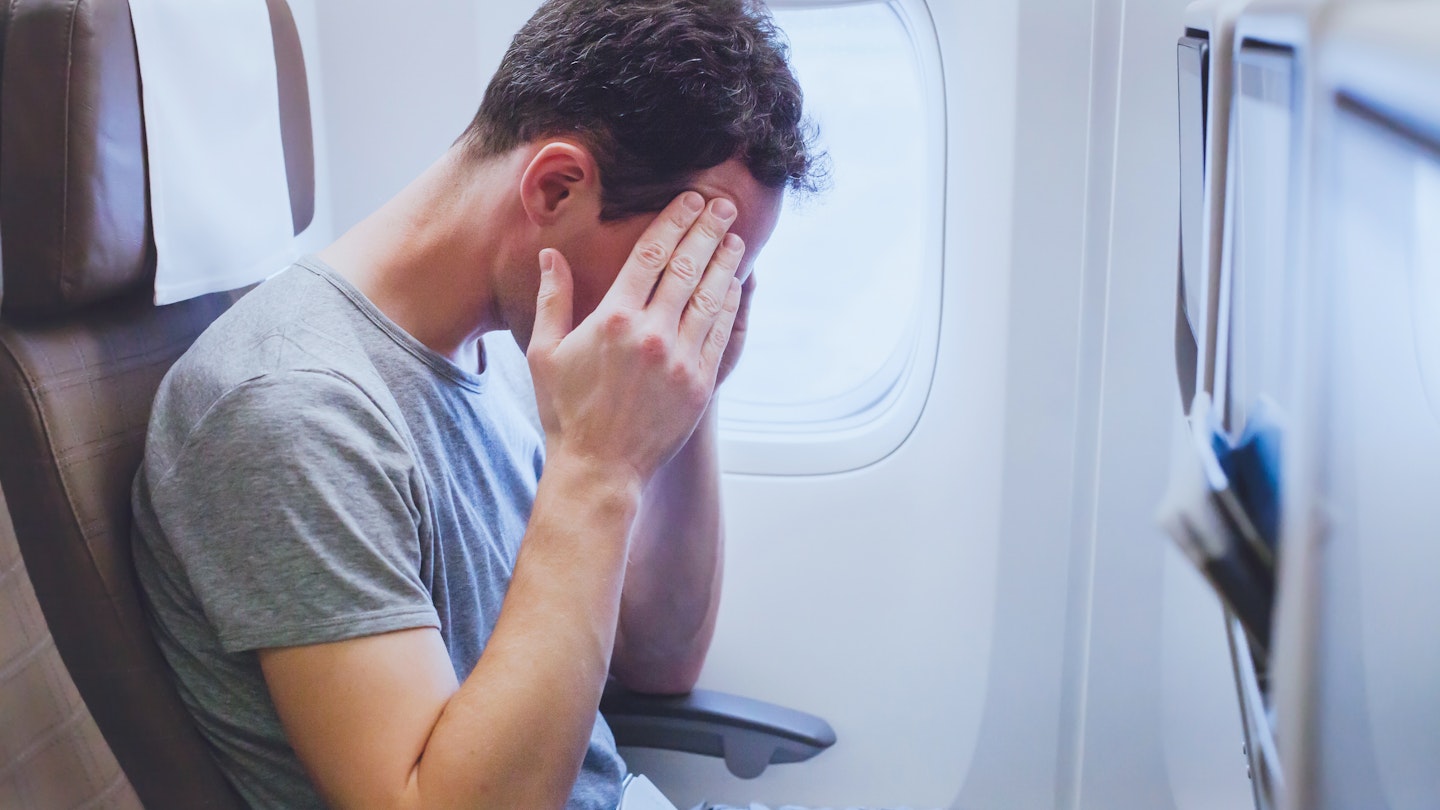Understanding Jet Lag: Eastbound vs. Westbound Travel
Jet lag can be a major impediment when traveling long distances – but is it worse in different parts of the world or when moving to and from particular time zones?
Jet lag is the bane of long-haul travel: waking up in the middle of the night, needing to be asleep when it’s time to go do things (or go to work), and just feeling altogether exhausted, whether you’re at your destination or back at home.
As an aviation journalist and someone who travels regularly, I often encounter the question: ‘Which kind of jet lag is worse: flying east or west?’ The answer can be quite complex, depending on several different – and often conflicting – factors. Understanding these can help you minimize the effects of the dreaded jet lag.
Eastbound vs. Westbound Jet Lag: The General Consensus
Based on my experiences and conversations with numerous frequent flyers, it appears that about three-quarters of travelers find eastbound jet lag – when you struggle to fall asleep at normal times and find waking up challenging – more difficult than westbound jet lag, which typically involves falling asleep in the early evening and waking up early in the morning.
However, there are some early birds who argue that westbound jet lag is worse for them. Why does this happen? It greatly depends on individual circumstances and habits, making it essential to recognize how personal factors come into play.

Factors Influencing Jet Lag
The Number of Time Zones and Flight Length
The first factor to consider is the number of time zones crossed. Generally, I observe that traveling eastbound across 5-7 time zones tends to be the most challenging. Fewer than this allows for some body clock adjustment, while more than seven prompts a full reboot of my system.
Additionally, the length of the flight plays a crucial role. Flights shorter than five hours usually don’t present significant issues unless they’re red-eye flights. Between five and nine hours can be tricky, as it’s difficult to get enough rest when your body is naturally inclined to stay awake. Anything over nine hours facilitates adequate rest time, while flights exceeding fourteen hours can lead to extreme exhaustion and total reset mode.

Connections and Travel Timing
Jet lag can also be greatly influenced by your travel connections and timing. Personally, I feel less jet lagged when making an initial short flight followed by a longer one rather than the reverse. This strategy allows me to build up fatigue gradually before the main leg of my journey.
Moreover, the nature of overnight flights also impacts jet lag. Many prefer to travel overnight to avoid losing a day; however, I favor morning flights, especially from the US east coast to Europe. Although it results in a short day, it’s less taxing than an overnight journey.
The Most Challenging Flights for Jet Lag
There are numerous notorious routes known for their jet lag-inducing effects, particularly red-eye flights. Routes from the US east coast to western Europe – such as from Washington to London, New York to Paris, Boston to Frankfurt, or even Chicago to Dublin – tend to be the worst culprits.
Similarly, overnight flights within the US are notorious for jet lag, whether they occur across the continental states or span diagonal routes. Overnight flights from Perth to Australia’s east coast, specifically between cities like Sydney and Brisbane, are also demanding. Such short durations rarely allow sufficient sleep.




